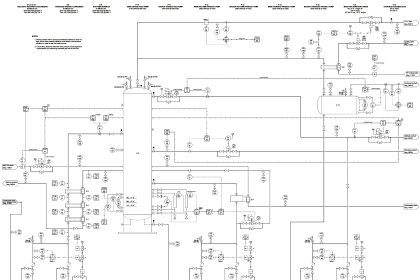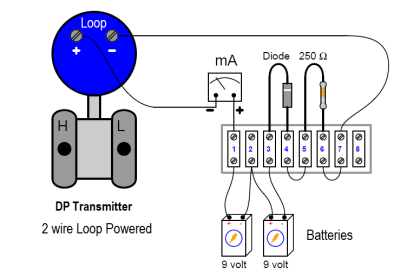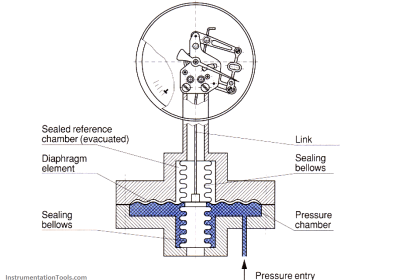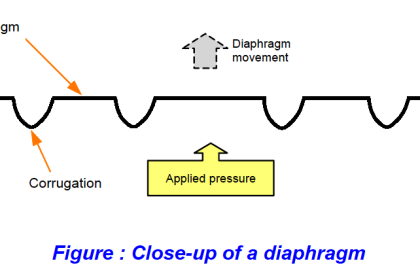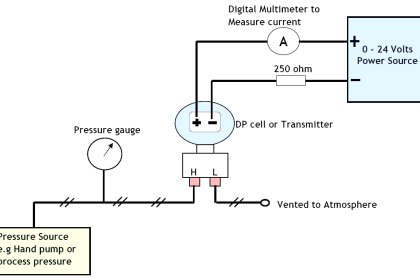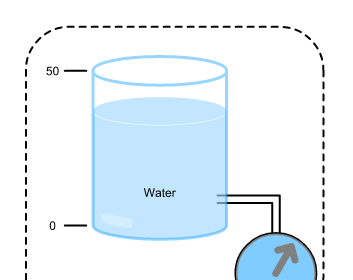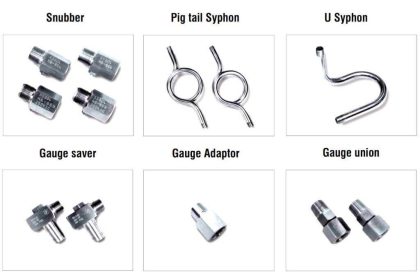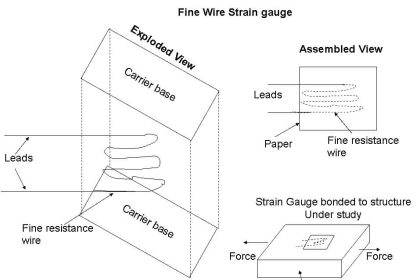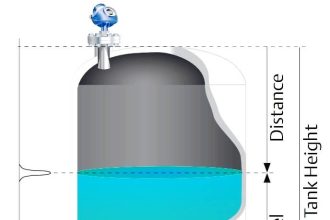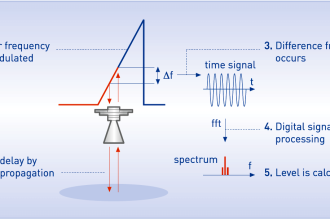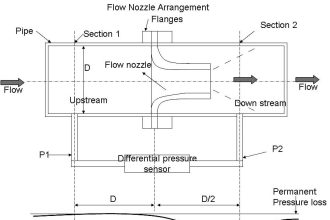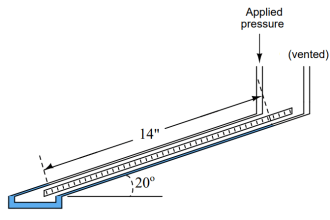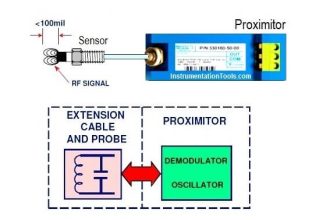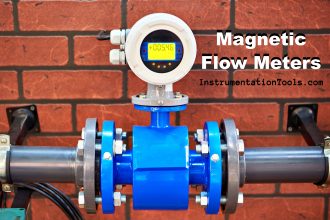This design of manometer is shown on the figure. As the name ” Inclined-Limb Manometer ” suggests, the manometer limb is inclined at an angle to the horizontal. The effect of inclining the limb is to make the manometer more sensitive than the well type, allowing the more accurate measurement of a lower range of pressures. Principle will be same as Well type Manometer.
Inclined-limb Manometer Principle
Leave a Comment



